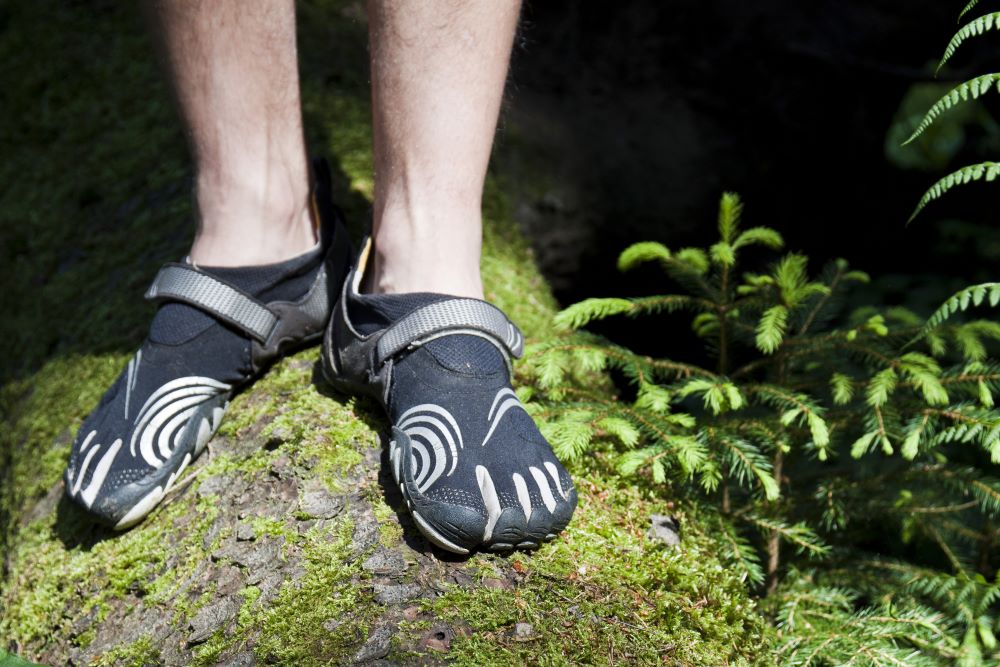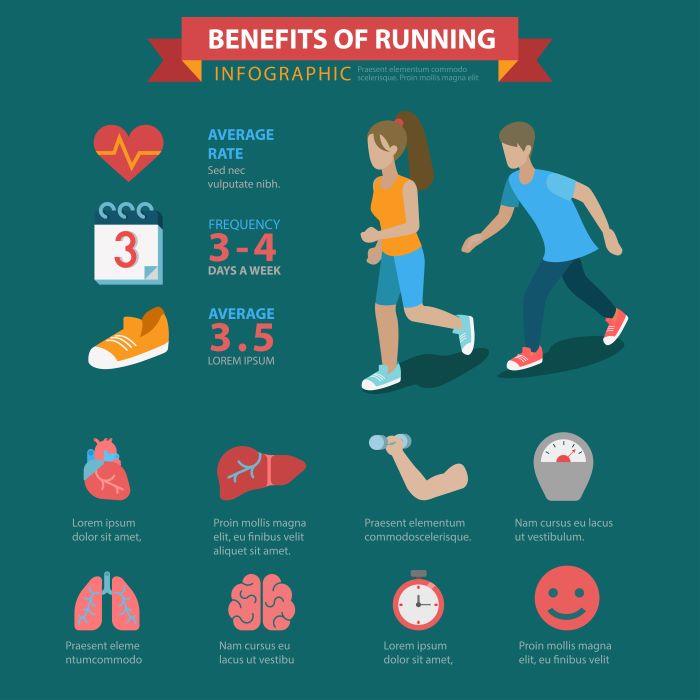Before diving into the best running technique on treadmill, it’s crucial to grasp the fundamentals that set the foundation for a successful workout. Treadmill running may seem straightforward, but mastering the right technique can significantly enhance your performance and reduce the risk of injury.
First and foremost, posture plays a vital role. Maintaining an upright position with a slight forward lean helps in optimizing your stride and energy efficiency. Here are some essential tips to perfect your form:
- Head Position: Keep your head up and gaze forward, not down at your feet.
- Shoulders: Relax your shoulders and keep them away from your ears to allow for better arm movement.
- Arms: Bend your elbows at about a 90-degree angle and swing your arms naturally in sync with your legs, ensuring they don’t cross your body.
Next, focus on your foot placement. Aim for a mid-foot strike rather than landing on your heels. This technique promotes better shock absorption and can lead to improved running efficiency. Additionally, adjusting your speed gradually will help you find your optimal pace while maintaining a comfortable breathing pattern.
By incorporating these fundamentals into your treadmill workouts, you can unlock your potential and make each session more productive. Visit our website to learn more and get started today! Click here.
Key Benefits of Proper Running Form on Treadmills

Understanding the key benefits of proper running form on treadmills can greatly enhance your overall fitness experience. Adopting the correct technique not only maximizes your treadmill workouts but also contributes to long-term fitness success. Here are some significant advantages:
- Injury Prevention: Proper form helps distribute impact forces evenly across your joints, reducing the risk of common injuries such as shin splints and runner’s knee.
- Enhanced Performance: Efficient running mechanics allow you to utilize energy more effectively, leading to improved speed and endurance during workouts.
- Increased Comfort: A well-aligned posture decreases strain on your muscles and joints, making your running experience more enjoyable and sustainable.
- Better Breathing: Maintaining an upright position promotes optimal lung capacity, enabling you to breathe more deeply and efficiently during your runs.
- Improved Confidence: Mastering your technique can boost your self-assurance and enjoyment of running, encouraging you to push your limits and achieve your goals.
By committing to a proper running form, you pave the way for a more effective and rewarding treadmill experience. Embrace these benefits and watch your running journey transform!
Essential Tips for Perfecting Your Treadmill Running Technique

Perfecting your running technique on a treadmill is essential for optimizing your workouts and achieving your fitness goals. Here are some essential tips for perfecting your treadmill running technique that can help you get the most out of your time on the machine:
- Maintain an Upright Posture: Keep your head up, shoulders relaxed, and back straight. This alignment allows for better breathing and reduces strain on your back.
- Engage Your Core: A strong core stabilizes your body, helping you maintain balance and control while running. Focus on tightening your abdominal muscles throughout your workout.
- Shorten Your Stride: Aim for shorter, quicker steps rather than long strides. This reduces the impact on your joints and helps prevent injuries.
- Keep Your Arms at a 90-Degree Angle: Your arms should move naturally at your sides, with a 90-degree angle at the elbows. This motion aids in maintaining momentum and balance.
- Use the Incline Feature: Incorporating incline into your treadmill routine mimics outdoor running conditions and engages different muscle groups, enhancing your overall strength and stamina.
By implementing these tips, you can refine your treadmill running technique, leading to more efficient workouts and improved performance. Focus on these aspects as you run, and you will notice the difference in your fitness journey!
Common Mistakes to Avoid While Running on a Treadmill

While treadmill running can be a fantastic way to improve your fitness, many runners unknowingly make mistakes that can hinder their progress and lead to injury. Here are some common mistakes to avoid while running on a treadmill:
- Looking Down at Your Feet: This posture can lead to neck strain and disrupt your running form. Instead, keep your gaze forward to maintain proper alignment.
- Holding Onto the Handrails: Many runners grip the handrails for support, which can alter your running mechanics and reduce the effectiveness of your workout. Instead, let your arms swing naturally.
- Setting the Speed Too High: Jumping into high speeds too quickly can increase the risk of injury. Gradually increase your pace as your fitness improves to avoid strain.
- Neglecting Warm-Up and Cool Down: Skipping warm-ups and cooldowns can lead to injuries and muscle stiffness. Always incorporate a few minutes of walking or dynamic stretching before and after your run.
- Running with Poor Footwear: Wearing the wrong shoes can cause discomfort and injuries. Ensure that you have well-fitted running shoes that provide the necessary support for your feet.
Avoiding these common pitfalls can significantly enhance your treadmill running experience. By focusing on proper form and technique, you can maximize your results and enjoy a safer, more effective workout!
How to Adjust Your Treadmill Settings for Optimal Technique
.jpg)
Adjusting your treadmill settings is essential for achieving the best running technique on a treadmill. By customizing the machine to your needs, you can improve your performance and reduce the risk of injury. Here’s how to optimize your treadmill settings:
- Incline Settings: Setting the incline between 1% to 2% mimics outdoor running conditions, compensating for the lack of wind resistance and helping engage your leg muscles more effectively.
- Speed Control: Start with a comfortable pace and gradually increase your speed as your fitness level improves. Use the speed buttons to make precise adjustments rather than relying on the quick speed settings.
- Interval Training: Incorporate interval training into your routine by alternating between high-intensity bursts and lower-intensity recovery periods. Most treadmills have preset interval programs to help you get started.
- Heart Rate Monitor: Utilize the built-in heart rate monitor (if available) to keep track of your exertion levels. Aim to maintain your heart rate within a target zone for optimal cardiovascular benefits.
- Workout Programs: Take advantage of the various workout programs available on your treadmill. These can guide you through different routines, helping to keep your workouts fresh and engaging.
By adjusting these settings, you can tailor your treadmill experience to align with your fitness goals. Remember, the right settings are key to maintaining proper form and getting the most out of your treadmill workouts!
Integrating Treadmill Running into Your Overall Fitness Routine
Integrating treadmill running into your overall fitness routine can be a game-changer for achieving your health goals. Treadmill workouts offer a unique blend of convenience and versatility, allowing you to enhance your fitness without the unpredictability of outdoor elements. Here’s how to seamlessly incorporate treadmill running into your existing regimen:
- Schedule Consistency: Designate specific days and times for your treadmill workouts. Consistency is key to developing a habit, so treat these sessions like any other important appointment.
- Mix with Strength Training: Balance your cardio sessions with strength training. For instance, alternate treadmill running days with weightlifting or bodyweight exercises to create a well-rounded program.
- Cross-Training: Use the treadmill for cross-training. On days when you might feel fatigued from running, consider lower-impact workouts like brisk walking or incline walking to maintain cardiovascular fitness.
- Recovery Days: On recovery days, utilize the treadmill for light jogging or walking to promote blood circulation without overexerting your body.
- Track Your Progress: Keep a log of your treadmill workouts, noting your speed, distance, and duration. Monitoring your progress can motivate you and help you set future goals.
By effectively integrating treadmill running into your fitness routine, you can maximize your results and enjoy a more varied workout experience. If you’re ready to enhance your running journey, visit our website to learn more and get started today! Click here.


